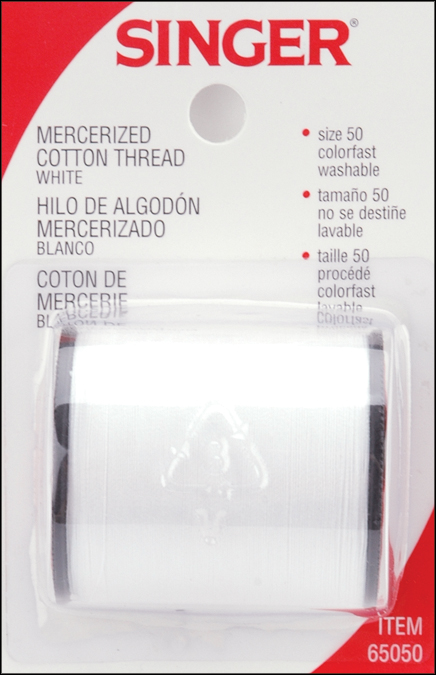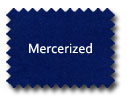BPA stands for Bisphenol A, a chemical often used to make clear, polycarbonate plastics (like water and baby bottles and also eyeglass lenses, medical devices, CDs and DVDs, cell phones and computers). And though it has been formally declared a hazard to human health in Canada and banned in baby bottles in both Canada as well as the EU, U.S. watchdog agencies have wildly differing views of BPA: The National Toxicology Program (NTP) reported “some concern” that BPA harms the brain and reproductive system, especially in babies and fetuses. The FDA declared that “at current levels of exposure” BPA is safe.
But consider this: Of the more than 100 independently funded experiments on BPA, about 90% have found evidence of adverse health effects at levels similar to human exposure. On the other hand, every single industry-funded study ever conducted — 14 in all — has found no such effects. David Case made the argument in the February 1, 2009 issue of Fast Company that this is a story about protecting a multibillion-dollar market from regulation.
But that’s beside the point which is: nobody disputes the fact that people are constantly exposed to BPAs and babies are most at risk. It’s also undisputed that BPA mimics the female sex hormone estrogen, and that some synthetic estrogens can cause infertility and cancer.
From David Case: “What is in dispute is whether the tiny doses of BPA we’re exposed to are enough to trigger such hormonal effects. For decades, the assumption was that they didn’t. This was based on traditional toxicology, which holds that “the dose makes the poison.” In other words, a threshold exists below which a compound is harmless. This makes intuitive sense. Consider alcohol: The more you drink, the drunker you get; but if you drink just a little — below the threshold — you may not feel anything. In the 1970s and 1980s, government scientists used standard toxicology to test BPA. They concluded that, at doses far higher than those found in humans, it may cause organ failure, leukemia, and severe weight loss. Yet as BPA products have made their way into every part of our lives, biologists have discovered evidence that very low doses may have a completely different set of effects — on the endocrine system, which influences human development, metabolism, and behavior.” Studies showed that exposure levels 25,000 times lower than the EPA’s toxic threshold produced developmental disorders in the offspring of pregnant mice.
If you’d like to read more about this click here.
Bisphenol A is now deeply imbedded in an extraordinary range of products in our modern consumer society – so many, in fact that it’s pretty much upiquitous. This is cause for grave concern, because it is extremely potent in disrupting fetal development. BPA contamination is also widespread in the environment. For example, BPA can be measured in rivers and estuaries at concentrations that range from under 5 to over 1900 nanograms/liter.(1)
What this all means is that most of us live our lives in close proximity to bisphenol A.
Because it’s used to make plastic hard, I never thought it would have a place in the textile industry. So it was with some concern that I came across articles which explain the use of bisphenol A in the manufacturing of synthetic fibers.
Producing synthetic fibers and yarns is almost impossible without applying a processing aid to the fibers during the extrusion and spinning processes. The fibers and yarns are frequently in contact with hot surfaces, or they pass through hot ovens. In order to withstand these extreme conditions, the yarns and fibers have processing aids or finishes applied. This applied processing aid or ‘finish’, in addition to helping the yarns withstand extreme temperatures, also reduces static electricity, fiber-fiber and metal-fiber friction, provides integrity to the filaments, and altogether eases the manufacturing processes.
But because modern manufacturing equipment runs at higher speeds and subsequently at higher temperatures, the finish degrades in the high temperatures – yielding lower quality fibers – and generates unwanted decomposition products. These byproducts can be in the form of:
-
Toxic and nontoxic gases which have environmental and safety issues;
-
Liquids, which leave a sticky residue on the yarns,
-
Or they may form a solid varnish on hot surfaces that is very difficult to remove; the presence of the varnish interferes with continuous, efficient production leading to economic losses due to equipment shutdown and product failure.
To overcome the problems caused by the degradation of finishes, several additives are introduced to prevent or delay the reactions of oxidation and degradation. Several classes of antioxidants are typically used as these additives in these finishes.
In a study sponsored by the National Textile Center, a research consortium of eight universities, three North Carolina State University professors investigated the thermal stability of textiles, specifically with respect to the antioxidants used in the finishes. They investigated four different antioxidants – one of which is based on Bisphenol A. (2)
So I got interested, and began a bit of poking around for other mentions of Bisphenol A in the textile industry. I found two scientific references to use of Bisphenol A in the production of polyester fabrics. Both reported similar use of Bisphenol A as is found in this quote, which states: “ a woven polyester fabric was … finished with an aqueous compound containing 5% polyethylene glycol bisphenol A ether diacrylate for 30 min at 60° to give a hygroscopic, antistatic fabric with good washfastness.” (3)
I found that Bisphenol A is used in the production of flame retardants, and as an intermediate in the manufacture of polymers, fungicides, antioxidants (mentioned above), and dyes. Because it is often used as an intermediate it’s hard to pin down, and manufacturers keep their ingredients trade secrets so we often will not know – unless somebody funds a study which is published.
I have not seen any studies which report finding Bisphenol A in a finished fabric, so this may be a tempest in a teacup. But isn’t it worth noting that this chemical, which has been found in the blood of 95% of all Americans, and which some say may be the “new lead”, can exist in products in which we previously never would have thought to look?
(1) http://www.ourstolenfuture.org/newscience/oncompounds/bisphenola/bpauses.htm
(2) Grant, Christine; Hauser, Peter; Oxenham, William, “Improving the Thermal Stability of Textile Processing Aids”, http://www.ntcresearch.org/pdf-rpts/AnRp04/C01-NS08-A4.pdf
(3) http://www.lookchem.com/cas-644/64401-02-1.html?countryid=0










 Not only is the color brighter, it also gives the cloth a better resistance to multiple washings, keeping the colors bright and unchanged over time. In addition to increasing luster and affinity to dyestuffs, the treatment increases strength, smoothness, resistance to mildew, and also reduces lint. So higher quality yarns and fabrics, for example, are always mercerized.
Not only is the color brighter, it also gives the cloth a better resistance to multiple washings, keeping the colors bright and unchanged over time. In addition to increasing luster and affinity to dyestuffs, the treatment increases strength, smoothness, resistance to mildew, and also reduces lint. So higher quality yarns and fabrics, for example, are always mercerized.
